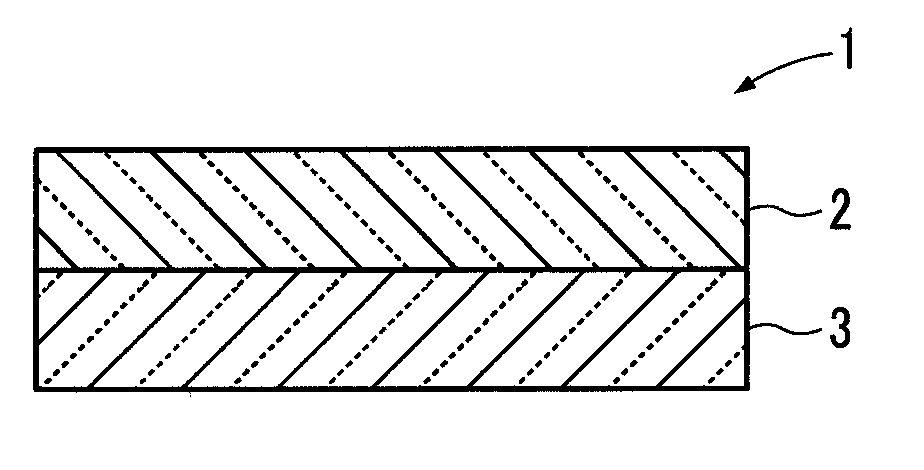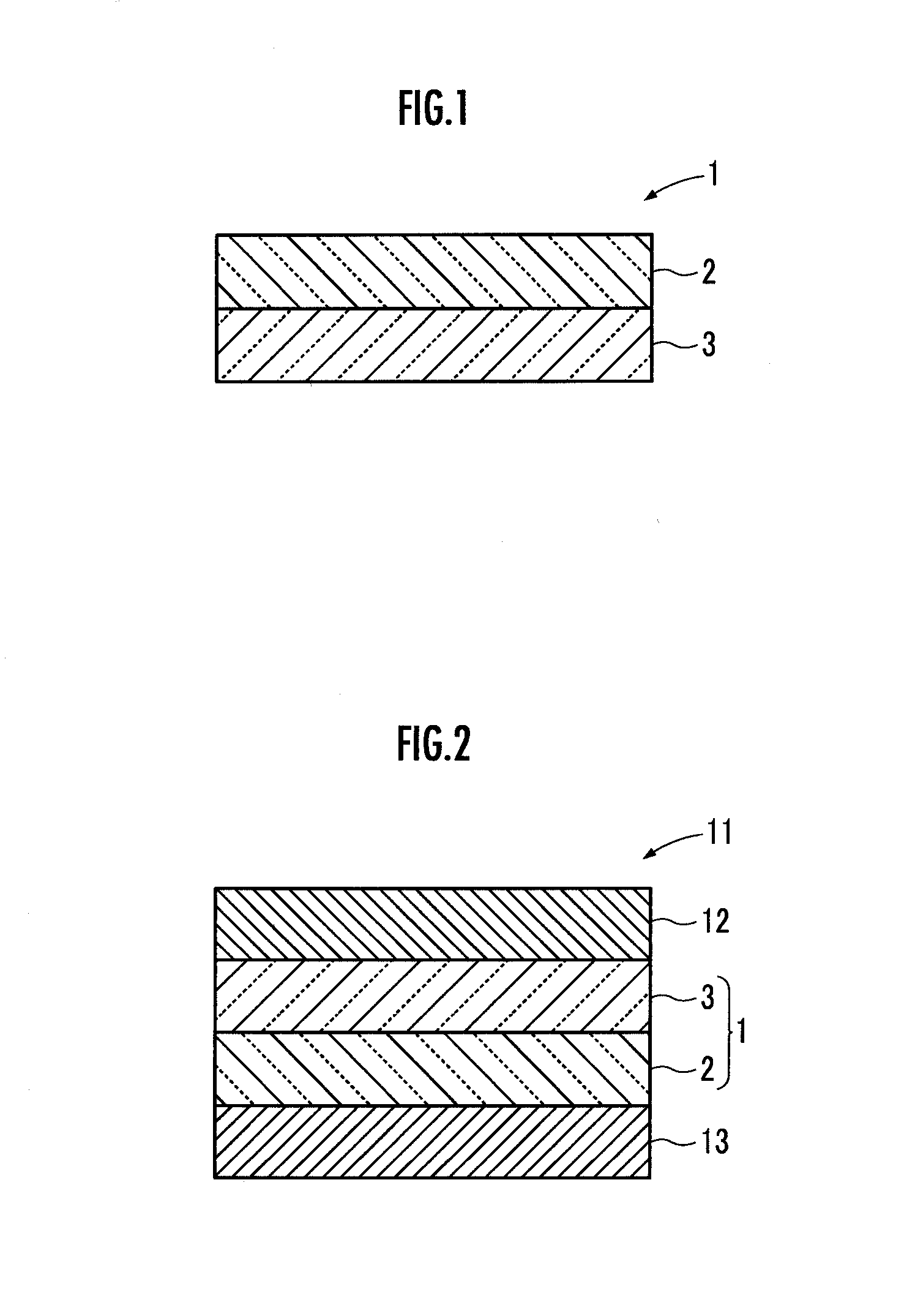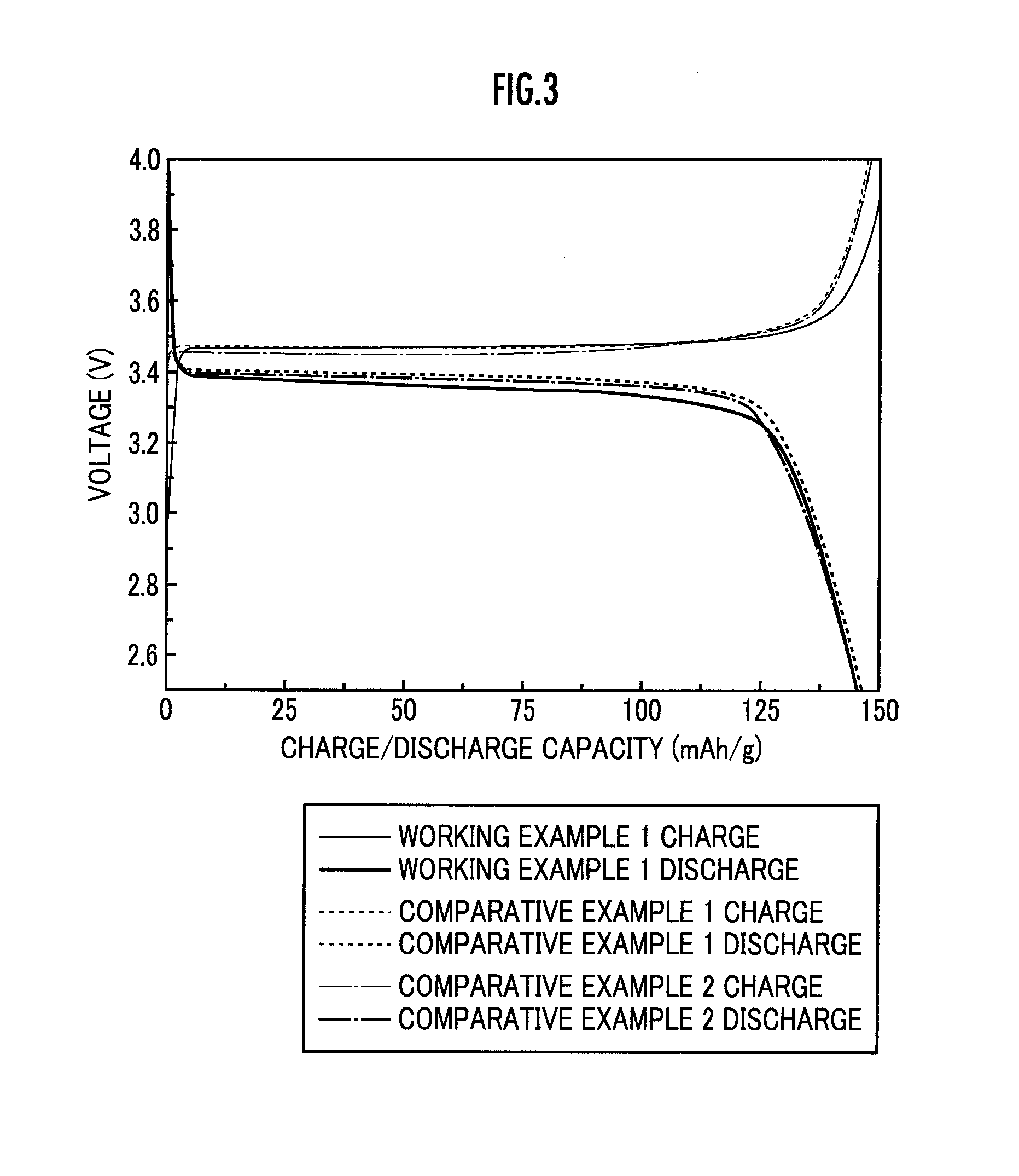Lithium ion conductive composite electrolyte and lithium ion secondary battery using same
a lithium ion secondary battery and composite electrolyte technology, applied in the direction of non-aqueous electrolyte cells, electrical equipment, electrochemical generators, etc., can solve the problems of negative electrode short circuit, difficult handling, and leakage of electrolyte solution externally, and achieve excellent cycle performance
- Summary
- Abstract
- Description
- Claims
- Application Information
AI Technical Summary
Benefits of technology
Problems solved by technology
Method used
Image
Examples
working example
[1-1. Preparation of Lithium Ion Conductive Inorganic Solid Electrolyte Particles]
[0096]In this working example, first, lithium hydroxide monohydrate was subjected to a dehydration treatment by heating for 6 hours at a temperature of 350° C. in a vacuum atmosphere, to obtain lithium hydroxide anhydride. Further, lanthanum oxide was subjected to a dehydration and decarboxylation treatment by heating for 24 hours at a temperature of 950° C. in an air atmosphere.
[0097]Next, the lithium hydroxide anhydride, the dehydrated and decarboxylated lanthanum oxide, and zirconium oxide were weighed in a molar ratio of 7.7:3:2, and then pulverized and mixed for 3 hours at a rotation speed of 360 rpm using a planetary ball mill equipped with a zirconium pot and beads, to prepare a raw material mixture.
[0098]Next, the raw material mixture was charged into an aluminum crucible, and subjected to primary firing by holding for 6 hours at a temperature of 900° C. in an air atmosphere to obtain a powdery...
working example k 2
[0121]In this working example, first, lithium ion conductive inorganic solid electrolyte particles formed from a composite metal oxide represented by the chemical formula Li7La3Zr2O12 and having a garnet structure were prepared in exactly the same manner as Working Example 1.
[0122]Next, the composite metal oxide obtained in this working example and, as an organic polymer, an aqueous dispersion of 1.5 mass % carboxymethyl cellulose (CMC), and an aqueous dispersion of 40 mass % styrene-butadiene rubber (SBR) were weighed in a mass ratio of composite metal oxide:CMC:SBR of 95:2.5:2.5, and then stirred using a planetary centrifugal mixer to obtain a mixture. Next, the resultant mixture was defoamed, and then further mixed using a thin-film spin mixer to obtain a paste in which the composite metal oxide, the CMC, and the SBR were uniformly dispersed.
[0123]Next, this paste was deposited by a casting method using a doctor blade onto a porous substrate 3 formed from a microporous film made ...
working example 3
[0128]In this working example, first, as the lithium ion conductive inorganic solid electrolyte particles, a composite metal oxide represented by the chemical formula Li7La3Zr2O12 and having a garnet type structure was prepared in exactly the same manner as Working Example 1.
[0129]Next, in exactly the same manner as Working Example 2, a lithium ion secondary battery 11 was produced simultaneously with the formation of a lithium ion conductive composite electrolyte 1 by turning the gel precursor into a gel, except that this composite metal oxide and, as an organic polymer, an aqueous dispersion of 1.5 mass % carboxymethyl cellulose (CMC), and an aqueous dispersion of 40 mass % styrene-butadiene rubber (SBR) were weighed in a mass ratio of composite metal oxide:CMC:SBR of 98:1:1.
[0130]In this working example, the volume ratio in a porous body 2 between the composite metal oxide, and the CMC and SBR was 81.8:18.2.
[0131]Next, the charge / discharge capacity when charge / discharge was repea...
PUM
| Property | Measurement | Unit |
|---|---|---|
| reduction potential | aaaaa | aaaaa |
| reduction potential | aaaaa | aaaaa |
| reduction potential | aaaaa | aaaaa |
Abstract
Description
Claims
Application Information
 Login to View More
Login to View More - R&D
- Intellectual Property
- Life Sciences
- Materials
- Tech Scout
- Unparalleled Data Quality
- Higher Quality Content
- 60% Fewer Hallucinations
Browse by: Latest US Patents, China's latest patents, Technical Efficacy Thesaurus, Application Domain, Technology Topic, Popular Technical Reports.
© 2025 PatSnap. All rights reserved.Legal|Privacy policy|Modern Slavery Act Transparency Statement|Sitemap|About US| Contact US: help@patsnap.com



